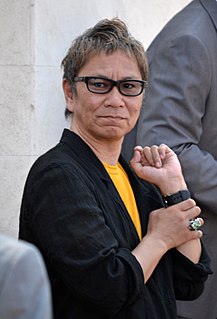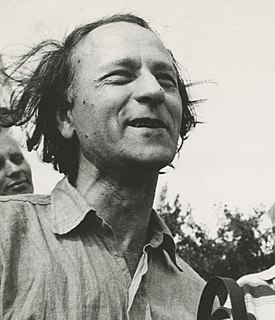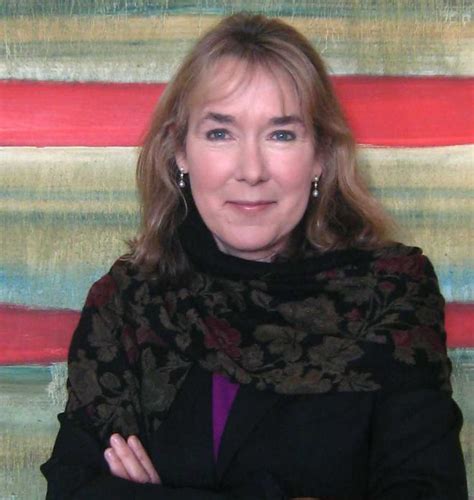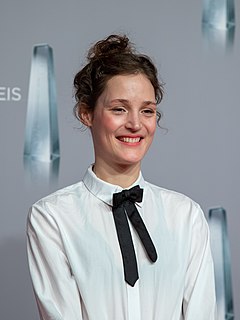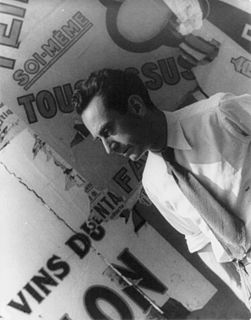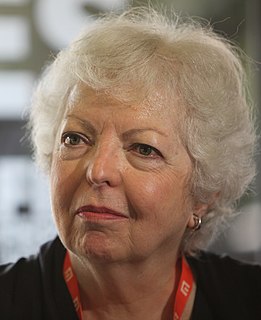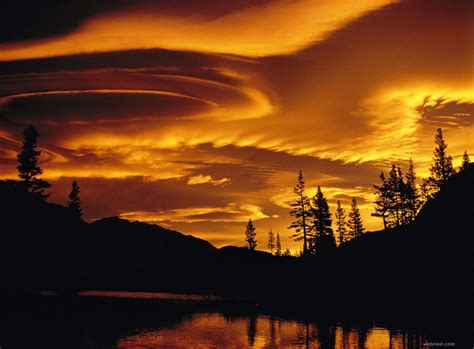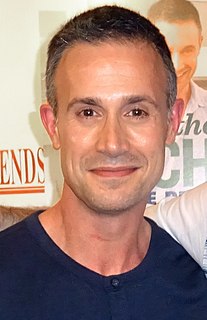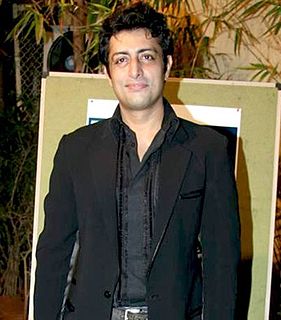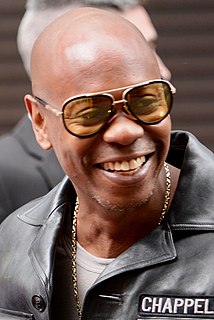A Quote by Takashi Miike
For many years, I was on working on films which were so small of a budget that I could not even build a set. So, when I was finally able to work on set, it was a rewarding moment. I felt the same feeling when the camera changed from 16 mm to 35 mm.
Related Quotes
Once you change the technology - from a film camera to a video camera, or from an 8-mm camera to 16 mm - you change completely the content. With 8 mm, a leaf on a tree will be made up of maybe four grains. So it's very impressionistic, almost like Seurat. If you switch to 16 mm, the technology gives you hundreds of grains on that leaf.
I think the equipment you use has a real, visible influence on the character of your photography. You're going to work differently, and make different kinds of pictures, if you have to set up a view camera on a tripod than if you're Lee Friedlander with handheld 35 mm rangefinder. But fundamentally, vision is not about which camera or how many megapixels you have, it's about what you find important. It's all about ideas.
People talk about the difference between working on stage and working on film. I think you could say that there are as many differences between working on low budget films and working on big budget films. You really are doing the same thing, but at the same time you're doing something vastly different as well.
A couple of years ago, right before I made 'Down to You,' there was a moment when I questioned what I was doing and if it meant anything. I felt like I wasn't accomplishing anything, that the goals I'd set were silly goals. Finally, I realized I just loved acting. It was a very clear moment, and my whole life changed then.
Once we were on the set, we each did different kinds of work. I was doing more the technical stuff, the framing and the camera work, and she was working more with the actors. Marjane [Satrapi] and I don't stop speaking once we're on the set. We continue to talk. We define what our roles are going to be on set, because to have a snake with two heads is silly.
